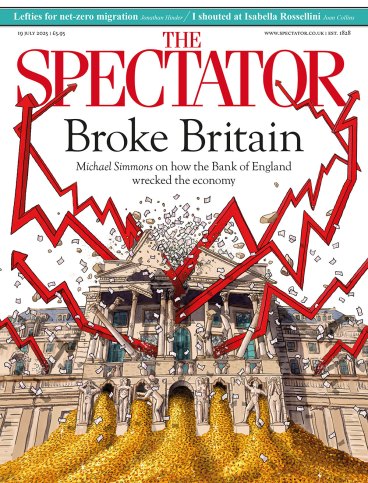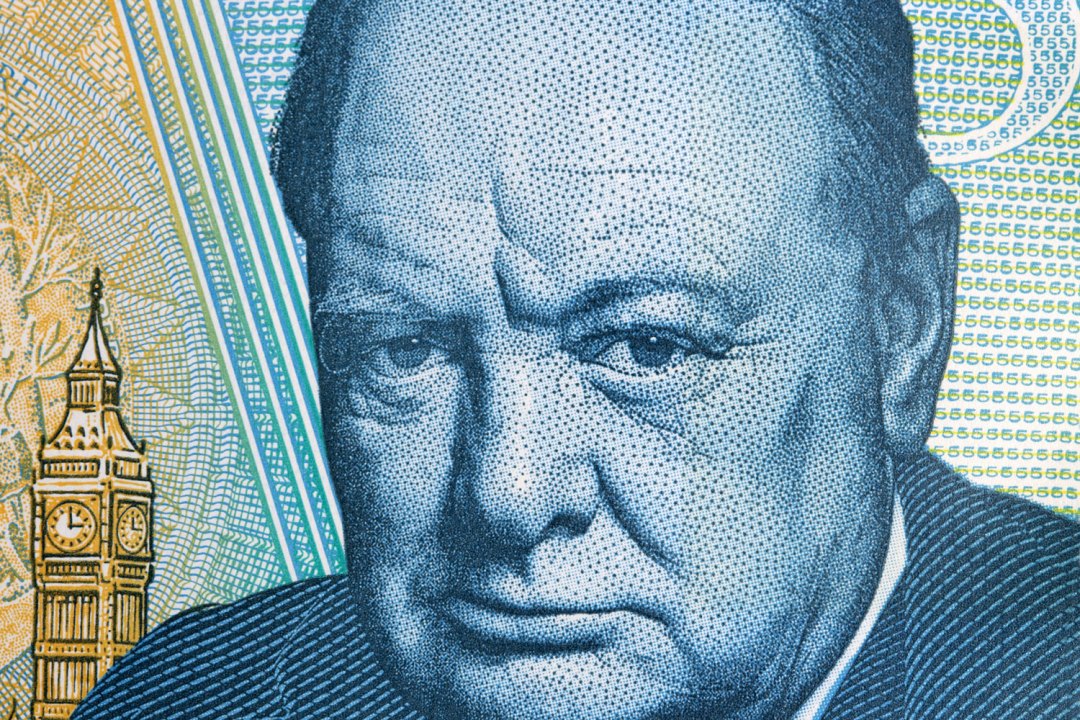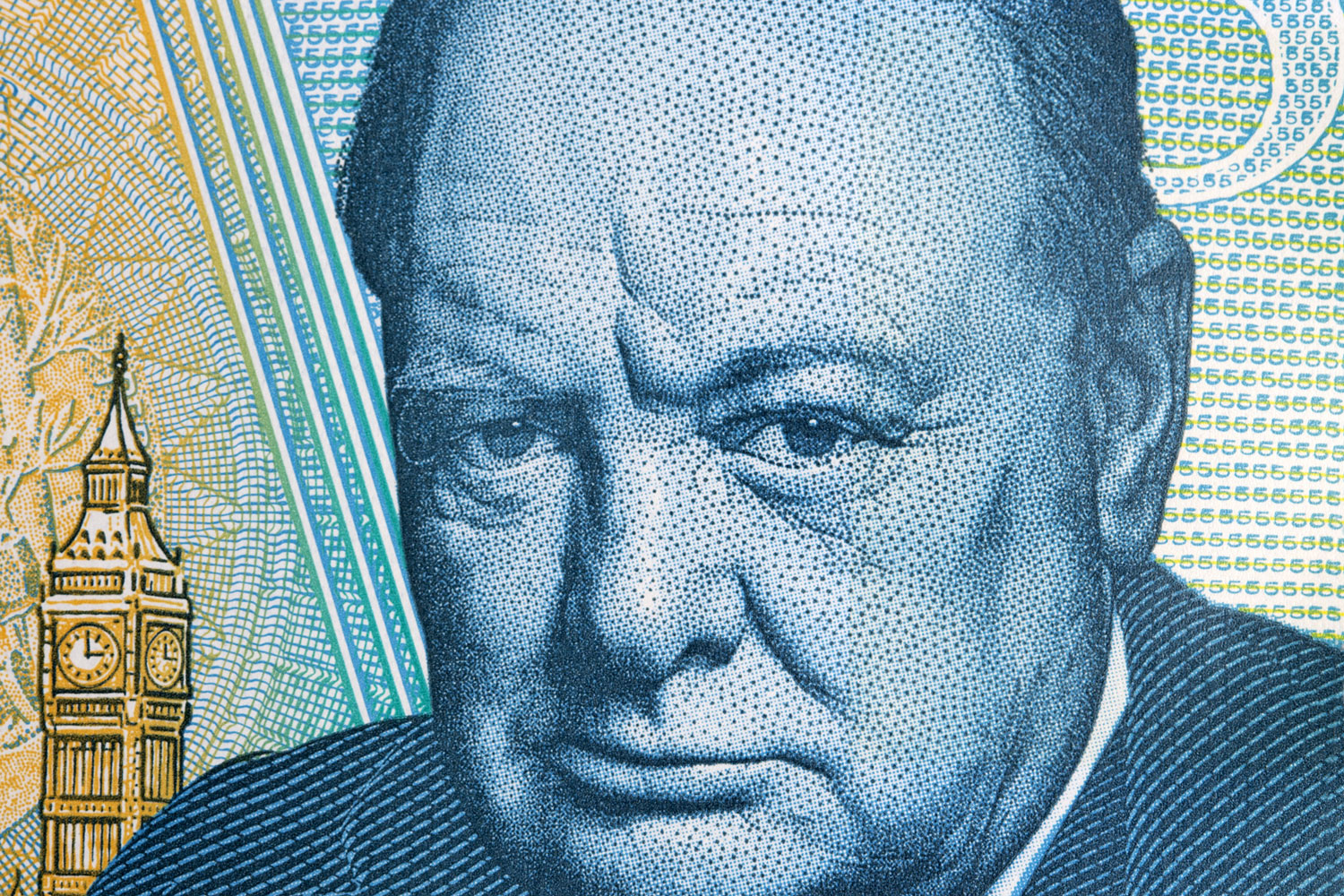
William Shakespeare was the first to feature, in 1970. Alan Turing was most recent, in 2021. But the Bank of England is now asking whether anyone else should appear, ever. The Bank’s redesigning our bank notes and wants the public’s thoughts on replacing the famous people who currently grace them with buildings, animals, films, historical events or even food. However the redesign ends up, let’s hope the notes continue to display the wit and beauty they’ve traditionally had.
The Churchill fiver, for instance. Look closely and you’ll see that Big Ben stands at 3 p.m., the hour that Winston made his first speech to the Commons as Prime Minister. One of the security measures on Jane Austen’s tenner (she’s the latest person to replace Shakespeare on that note) is a quill that changes from purple to orange as you tilt it. The clear window on J.M.W. Turner’s £20 is the shape of the fountains in Trafalgar Square, referencing ‘The Fighting Temeraire’. And Alan Turing’s birthday on the £50 is shown in binary, that being the way that his (indeed all) computers count. As it happens, every member of the quartet either died at 41 (Austen, Turing) or has been played on screen by Timothy Spall (Churchill, Turner).
The same wit is shown by the public who use the notes. The £10 note is sometimes known as an Ayrton (Senna), while the smallest denomination’s nickname of Lady Godiva led to City boys calling £15 a Commodore, as it was three times a lady. The Rainbow vegetarian café in Cambridge was less amused, however, when the plastic fiver was introduced in 2016. They refused to take it, as it contains traces of tallow.
Blind people tell which note they’re holding by raised dots in the top left corner (the fiver has none, the £10 two, the £20 three and the £50 four). Another clue is that the notes get bigger as you go through the values, unlike in the US where they’re all the same size. The young Ray Charles insisted on being paid entirely in single dollar bills, to prevent cheating.
Eric Clapton used to snort his drugs through rolled-up £20 notes, which he would then throw away. His gardener Arthur Eggby would retrieve them, dust them off and spend them on his holidays on the Isle of Wight. Meanwhile when Elton John played in the Soviet Union in 1979, he was paid £4,000 in notes so old that they had to be taken to the Bank of England to be changed for new ones. This is a service the Bank provides for anyone, and there’s no time limit. Old notes used to be burned at the Essex factory that prints new ones, supplementing the site’s heating.
Until 1853 each note was personally signed by one of the Bank’s cashiers. The monarch, who you might have thought had always been on them, has only appeared since 1960, meaning Elizabeth II was the first to see her own likeness. As if to celebrate the fact, she always carried a fiver (very occasionally a tenner) in her handbag, ready for next week’s church collection. The note was ironed by a butler into a little square, folded so that you could only see the Queen’s face.








Comments